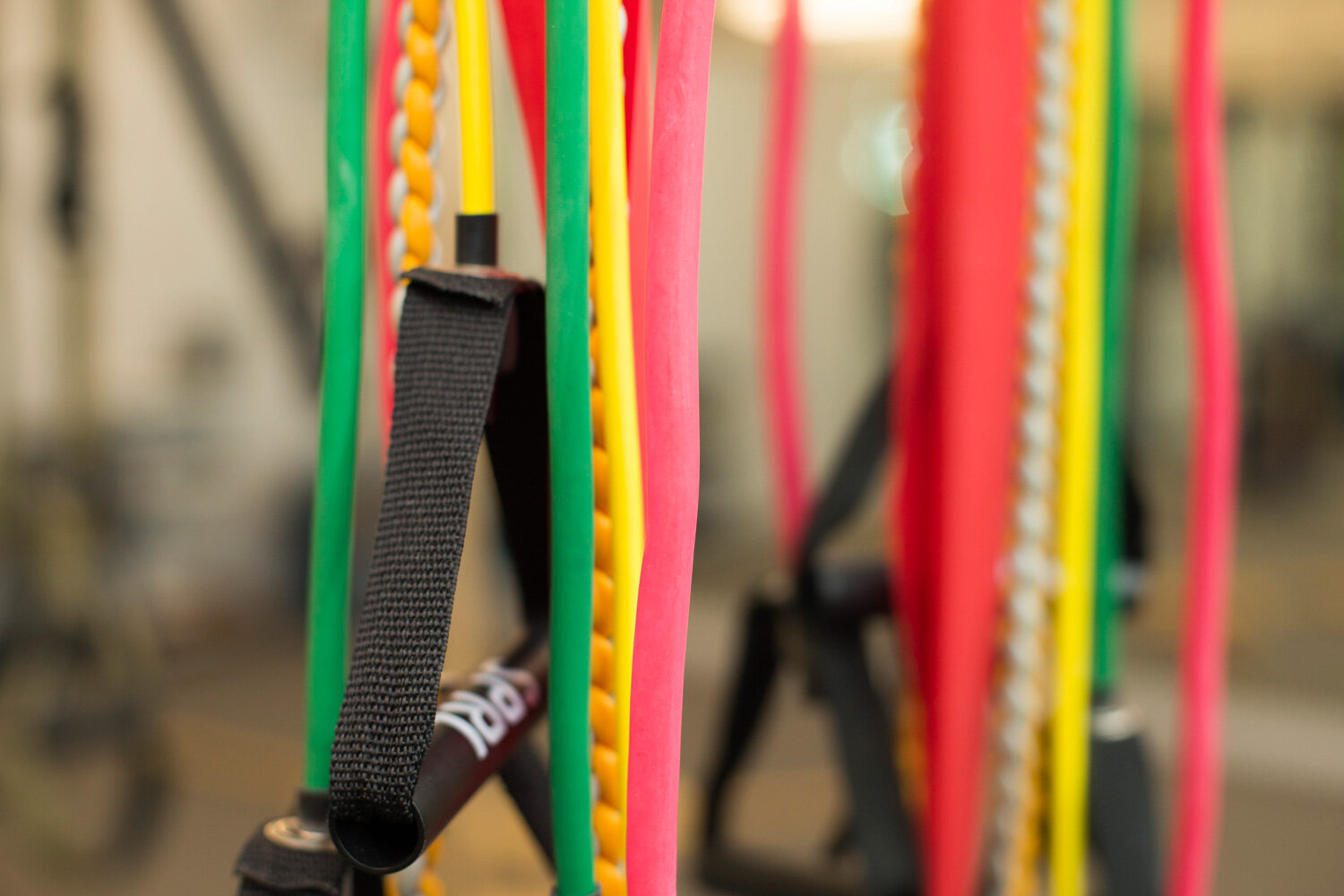The current public health environment, including social distancing, has placed more barriers to exercise including public transportation, gym access, and equipment. In times like this it is helpful to leverage what we do have available including additional time each day and the resources around us and inside of our homes. Many of us are continuing to exercise given these, albeit limited, resources and often are performing the same routine in the same exercise prescription as we always have done. Humans are creatures of habit and most times these habits help us move through our day efficiently without added cognitive demands. When it comes to exercise, these habits create plateaus in our recovery and fitness goals because they limit our ability to create a positive stimulus for our bodies. The S.A.I.D. (specific adaptations to imposed demands) principle requires us to continually ask more of ourselves in order to improve. Here are some simple ways to get more out of your home exercises.
Add intensity – Increase the demands on your body by increasing your heart rate by moving faster, adding hills, adding resistance, and trying intervals. During your strength training try that heavier dumbbell, add soup cans or books to a bag for resistance, double up your therabands or substitute a bike tube.
Change Your Exercise Prescription – Adjust your reps and sets to provide a different stimulus for your body. Change your 3 sets of 10 repetitions to 3 sets of 15 or 20 repetitions by reducing the resistance. Conversely, increase the resistance by moving from higher reps to lower reps. During your cardio sessions adjust from long and slow to faster and shorter exercise sessions. You can also divide up your 30 minute walk into two faster 15 minute walks.
Move Laterally – Instead of performing the same strength training exercise you can select a different exercise targeting a similar group of muscles. Standing theraband row to a bent over row, push up to an incline push up, squat to a split squat. This will keep you motivated and interested in your workouts, as well as, asking your body to perform a similar exercise in a different way.
Change your exercise order – Certainly there is an argument for working larger muscle groups (pectorals) before smaller muscle groups (triceps), but flipping your exercise order can be a great way to challenge yourself. Often you will find more benefits when you get to the final two exercises of your program because you have reached fatigue with other exercises. As stated before change is an excellent to increase your motivation and enjoyment of your exercise program.
Shorten your rest breaks between sets – Adjusting your rest time is an easy way to adjust your program. This will come with a change in your intensity because you will not be able to perform the same amount of weight or repetitions due to the reduction in rest.
Challenge Yourself – Check to see if you are fatigued at the end of your set. You should have 1 or 2 good quality repetitions left if you are at the right intensity. If you are too low you will be able to perform more than 2, if you are too heavy you won’t be able to reach your desired repetition range.
Look for online resources – Physical Therapists are the go to exercise guides due to our ability to prescribe high quality exercise programs to both the heathy and injured or impaired. Reach out to a knowledgable, local PT. Also identify high quality videos on line. Mend’s data base can be found here.

